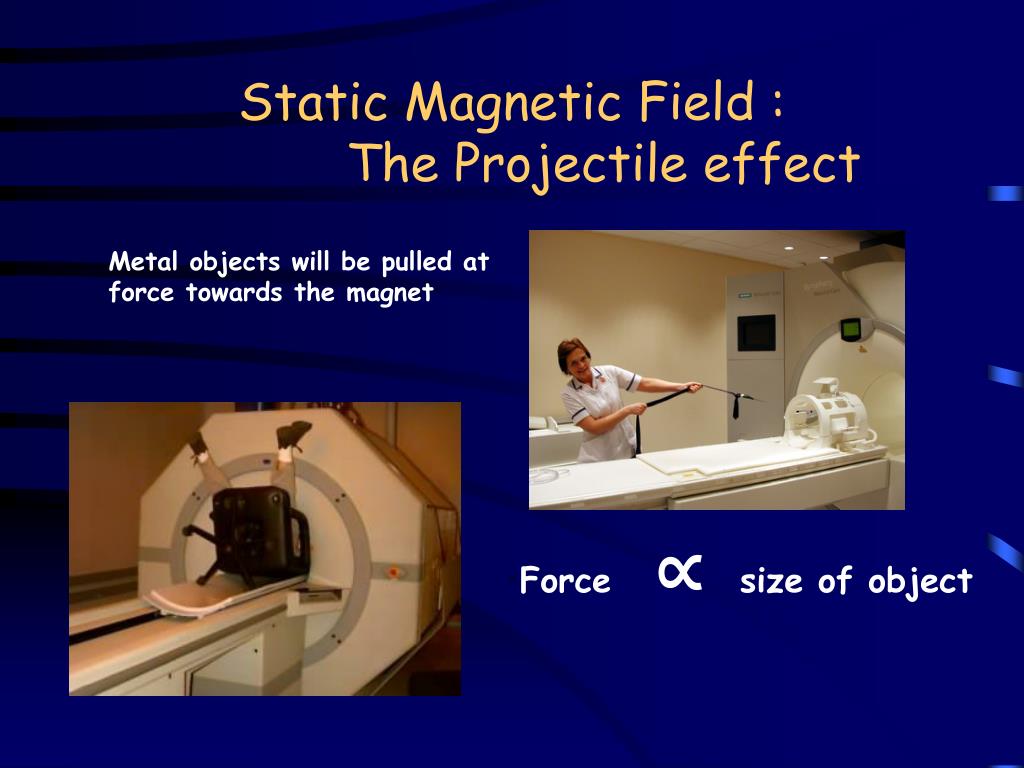

particles generally travel further and cover a greater area in Vulcanian eruptions (Nairn and Self 1978 Alatorre-Ibargüengoitia et al. Generally, the distance travelled and the total area impacted by ballistics increases with increasing explosivity, i.e. The distribution (distance from vent, direction, area and density) of ejected ballistics is controlled by the explosivity, type, size and direction of explosive eruptions, and usually creates spatially variable deposits (Gurioli et al. ( 2014) estimate a ballistic only needs 400–1000 J of kinetic energy to penetrate a metal sheet roof, far less than the estimated kinetic energy of ballistics (~10 6 J) from VEI 2-4 eruptions (Alatorre-Ibargüengoitia et al. The high kinetic and thermal energy of ballistics can puncture, dent, melt, burn and knock down structures and their associated systems, such as power supply and telecommunication masts crater roads and crush and potentially ignite crops (Booth 1979 Calvari et al. 1d) are also common occurrences from ballistics during explosive eruptions. 1c, e), infrastructure, property and the surrounding environment (Fig. Many more people have been injured as a result of ballistic impacts, frequently suffering from blunt force trauma (broken bones), lacerations, burns, abrasions and bruising (Blong 1984 Baxter and Gresham 1997). Volcanic ballistic projectiles are amongst the most frequent causes of fatal incidents on volcanoes, with at least 76 recorded deaths at six volcanoes (Galeras, Yasur, Popocatepetl, Pacaya, Raoul Island and Ontake) since 1993 (Baxter and Gresham 1997 Cole et al. In this chapter, we present an overview of volcanic ballistic hazards and impacts and the communication strategies used to manage risk on active volcanoes.īallistic projectiles are a risk to life on active volcanoes and can cause substantial damage to exposed infrastructure and the environment due to their high kinetic energy, mass, and often high temperatures (Blong 1984). Managing ballistic hazard and risk on active volcanoes, particularly those permanently occupied or regularly visited, presents considerable challenges: it requires good information and specialist communication strategies around risk mitigation, preparedness, response, and recovery dependent on the state of the volcano, e.g. Ballistics are associated with all forms of explosive eruptions but are considered major hazards of hydrothermal, phreatic, phreatomagmatic, Strombolian and Vulcanian eruptions, especially those which have little to no precursory signals of volcanic unrest. Their exit velocities can reach hundreds of metres per second and land up to ~10 km from the vent, although typically within five kilometres (Blong 1984 Alatorre-Ibargüengoitia et al. Projectiles range from a few centimetres to tens of metres in diameter and separate from the eruptive column to follow nearly parabolic trajectories (Wilson 1972 Fagents and Wilson 1993 Bower and Woods 1996). Ballistics are fragments of lava (bombs) or rock (blocks) ejected in explosive eruptions (Fig. Keywordsīallistic projectiles are one potentially lethal and damaging hazard produced in volcanic eruptions. The review suggests future improvements to the communication and management of ballistic hazard. Here, we review the research to date on ballistic distributions, impacts, hazard and risk assessments and maps, and methods of communicating and managing ballistic risk including how these change with a changing risk environment. Despite this, the assessment of risk and communication of ballistic hazard has received surprisingly little study. Impacts from projectiles are amongst the most frequent causes of fatal volcanic incidents and the cause of hundreds of thousands of dollars of damage to buildings, infrastructure and property worldwide.


The projectiles of lava or solid rock, ranging from a few centimetres to several metres in diameter, are erupted with high kinetic, and sometimes thermal, energy. Tourists, hikers, mountaineers, locals and volcanologists frequently visit and reside on and around active volcanoes, where ballistic projectiles are a lethal hazard.


 0 kommentar(er)
0 kommentar(er)
